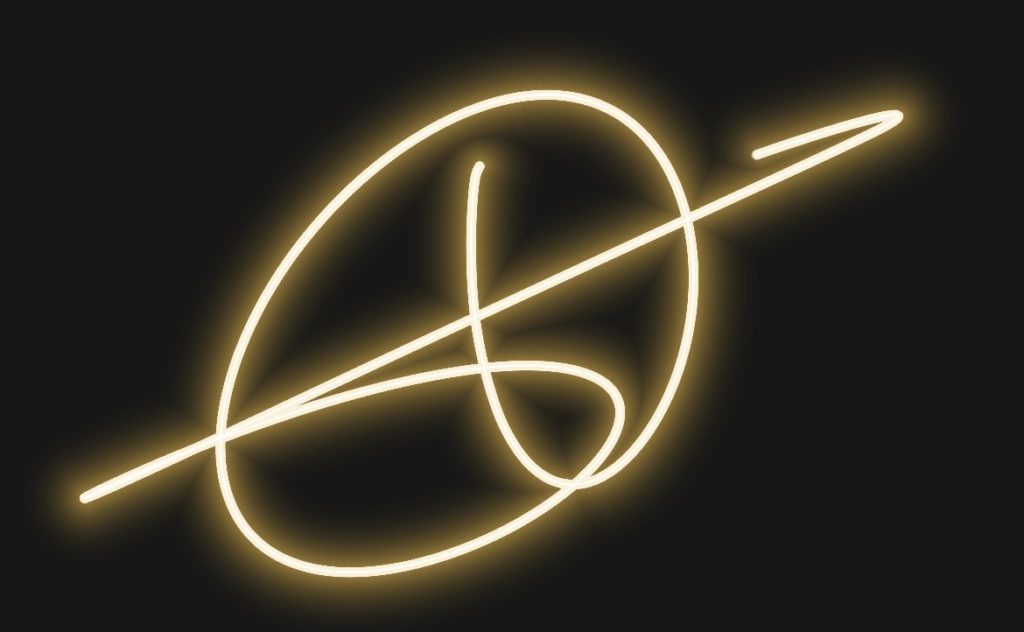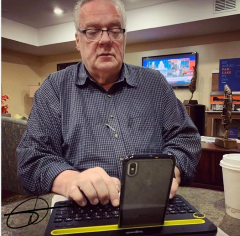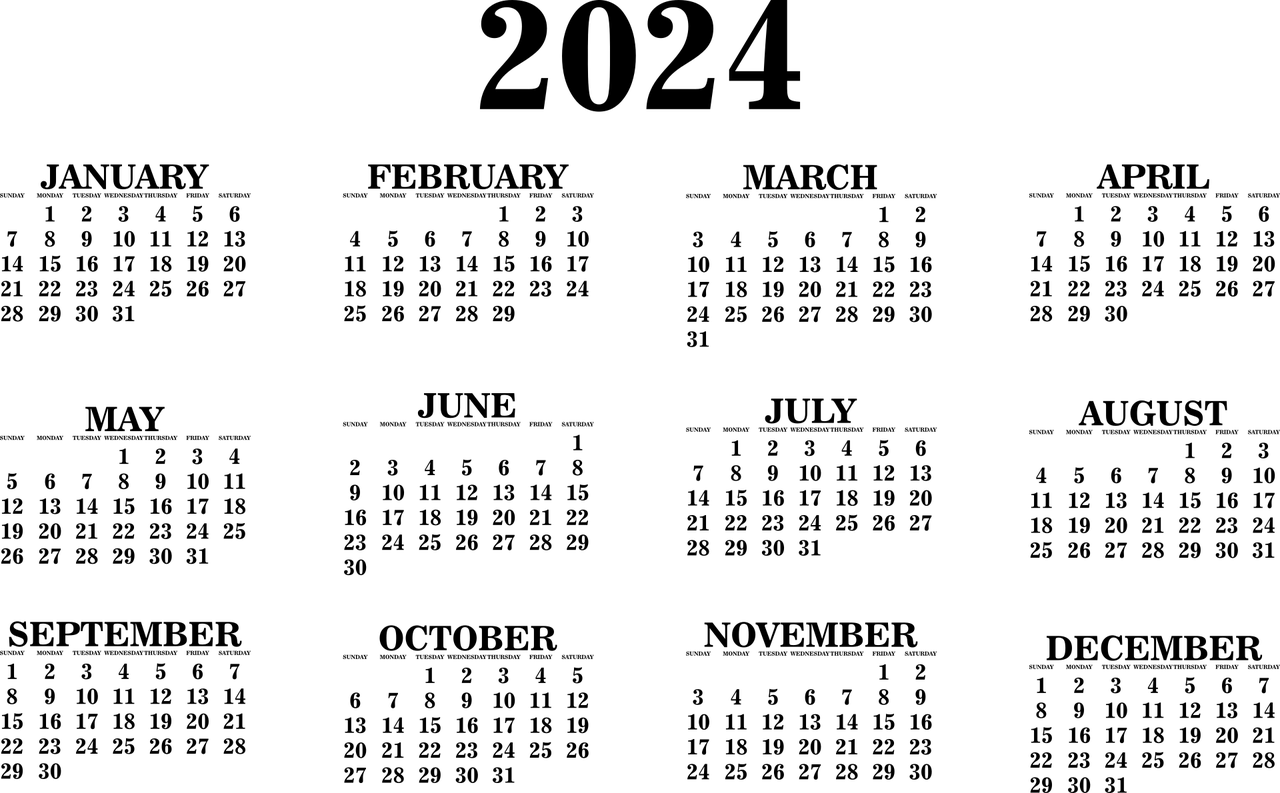It was third grade, Mrs. Nedihoffer’s class. James F. Bay Elementary School, Seabrook, Texas… Yes, just down the road from NASA. A class member somehow was honored with the privilege of updating the calendar hanging by the door. It was a wooden affair with wood blocks of numbers, pictures, and words. In essence, you were flipping the calendar from one month to another. I was surprised she knew how to do this.
This was when I learned and grew, and to this day, I seldom ever have calendaring issues.
Today, we are 43 days from the end of this calendar year. January creeps to the top of the page, and I turn 70! 2025 will be the new year. I lived through 45 years of the past century and am now 25 years into the new century.
This year included surgery. My brother and sister-in-law helped us with many property-changing tasks, which made staying in place more enjoyable. Some family dynamics kept the schedule fluid. Throw a vacation to a desired spot and take short road trips to enjoy the experience. The year has been satisfactory.
With that as a prelude, something happened last week. I kept confusing the days. Monday was Wednesday, which in turn was Sunday, and Thursday through Saturday felt like I was lost in space. I went to church “Sunday,” not even sure it was the right day.
I’m sure it had nothing to do with age or mental deficiency. I think I was just overly tired and decided to vegetate as much as possible throughout the week. Call it a Recovery Week.
The calendar stares, a puzzled haze,
Did I lose track of all the days?
Monday feels like Thursday’s twin,
A loop where time won’t let me win.
The weeks blur by, a tangled mess,
What date is it? I couldn’t guess.
Yet somehow, life carries on,
Whether I know the day—or whether I’m wrong.
Yesterday was Sunday. Today is Monday. I’m back on track.
All of this got me thinking about prior centuries. The non-automated calendars and timing systems that people used to remember what day or time it was at a particular moment. What was it like before printing presses, paper, or even electronic technology? I can only surmise.
Shipwrecked or a prisoner, you make a mark to count each day when the sun rises. Astronomers were more particularly focused as they learned to tell the story of the revolving planet around a sun every 365 1/4 days a year. Their skill helped us understand the Solstice, which flagged the start of Summer and Winter. Some cultures count time with the cycle of the moon, and that’s a bit different than the sun’s cycle. Maybe it’s easier since it revolves around us while we revolve around the sun, which shoots through the cosmos like a speeding bullet.
The moon takes 27 days, 7 hours, and 43 minutes to complete one full orbit around Earth. This is called the sidereal month and is measured by our Moon’s position relative to distant “fixed” stars. However, it takes our Moon about 29.5 days to complete one cycle of phases (from new Moon to new Moon). [Source]
A sidereal day is the time it takes for the Earth to rotate about its axis so that the distant stars appear in the same position in the sky. A solar day is the time it takes for the Earth to rotate about its axis so that the Sun appears in the same position in the sky.
Imagine the centuries it took to understand planetary mechanics and solar system math!
And I’m bamboozled (confused, perplexed) by which day of the week it may be.
But I know I’m not the only one that can get confused. Every civilization after the creation and the flood marked times based on the lunar and solar experience. [Read Here] But by the time of the Greeks and the Romans (BC, not AD), time devolved from the past to something similar to our present calendaring system. Julian, if you were Roman. Gregorian updated the process from a Christian perspective. Through in the Mayan calendar, which supposedly ended in 2012…but we’re still here.
In my younger years, I received a calendar table (I don’t even remember where it came from, but I carried it tattered in my wallet until adulthood) that showed which calendar to re-use based on the year. Based on the occurrence of leap years, every calendar is reusable every six or eleven years.
2025? You can reuse 1902, 1913, 1919, 1930, 1941, 1947, 1958, 1969, 1975, 1986, 1997, 2003, and 2014. Or, the calendar for 2031 will work just fine. Imagine the history or the future as you choose a calendar!
My birth year (1955) can be reused in 1966, 1977, 1983, 1994, 2005, 2011, 2022, 2033, 2039, and 2050
As for you, I can only surmise.
If the day arose and found you alive
You’ll figure it out. Just make the time.
But as for me, I know that it’s Monday.

Thank you for reading.
Please share with others.
It helps me get my book written!
(Below, you may find other topics similar to this one. Please read on!)

